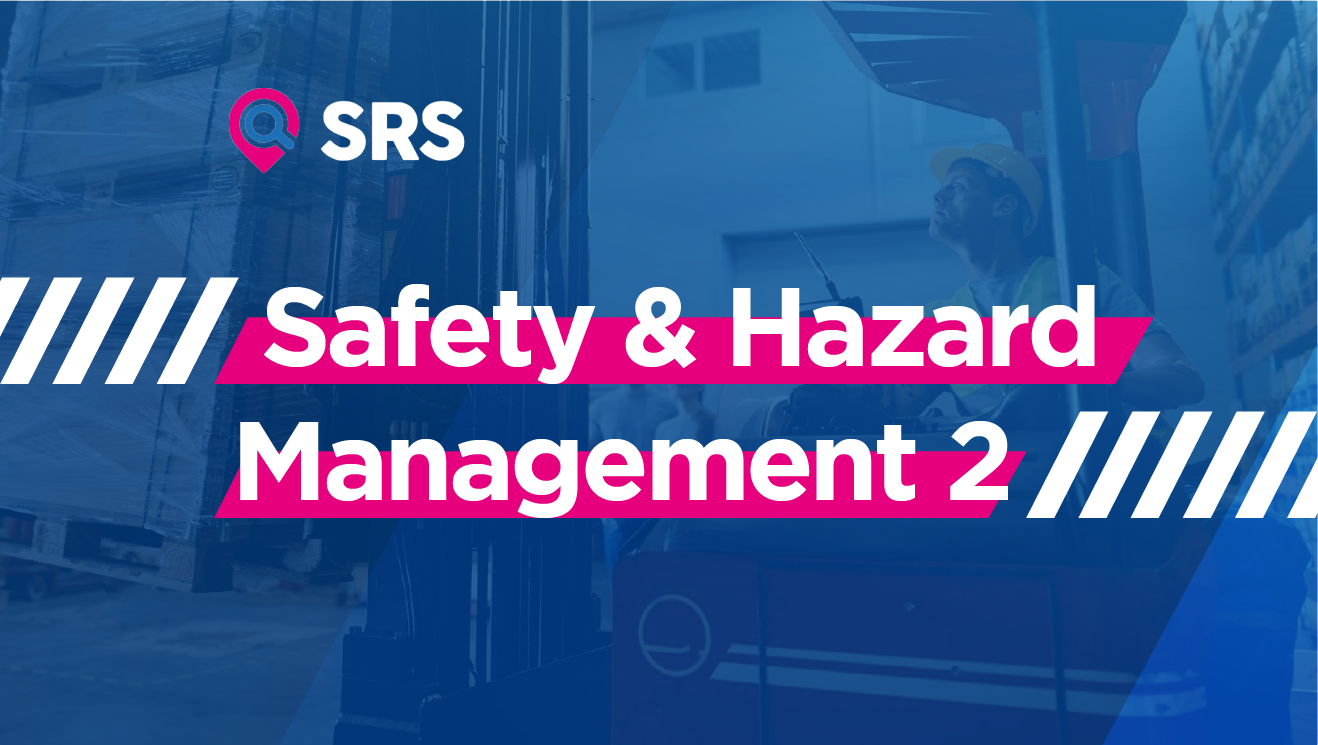Navigating the road as an HGV driver requires a keen eye for safety. Loose cargo, bridge mishaps, and even a simple cigarette can turn a routine trip into a major incident. In Part 2 of our two-part Safety and Hazard Management blog series, we aim to equip you with the knowledge and skills to master the road and ensure a safe journey for yourself, your cargo, and everyone else.
We’ll delve into a variety of critical topics, including proper load security, bridge strikes, and smoking ban in HGV.
Load security and strapping of freight
HGV drivers, don’t let loose cargo turn into a highway hazard! Master these three load securing tips:
- Choose Wisely: Select the right restraints (straps, chains, tensioners) based on cargo weight and type.
- Secure All Directions: Prevent movement forward, backward, sideways, and upwards. Use multiple straps and securement points for stability.
- Tighten It Right: Ensure straps are taut, not over-tightened, to avoid damaging the straps or cargo.
Bridge Strikes:
HGV drivers, here’s a heads-up for a potential hazard that can disrupt your journey and cause serious damage – bridge strikes. On average, at least five HGVs hit railway bridges every single day in the UK!
These incidents not only cause delays and repairs, but also pose safety risks. Here’s how to avoid becoming a statistic:
- Know Your Height: Before you set off, measure your vehicle and trailer to ensure you know its overall height. This includes any roof boxes or additional equipment.
- Plan Your Route: Modern navigation systems can be helpful, but they may not always account for low bridges. Double-check your route using resources like road maps or contacting the highway authority for specific bridge heights.
- Wise Up, Size Up: This Network Rail campaign provides valuable resources to help HGV drivers plan safe journeys. Check out their website for tips and tools to avoid bridge strikes.
Smoking:
HGV cabs are considered workplaces, and smoking is strictly prohibited to protect both drivers and anyone entering the vehicle. This includes:
- No Smoking While Driving: Lighting up behind the wheel can be a distraction and compromise your focus on the road.
- No Smoking During Breaks: The ban applies even when parked or taking breaks.
- No Smoking in Sleeper Cabs: These confined spaces pose an additional fire risk.
Consider these practices the foundation of your HGV safety expertise. By consistently putting these practices into action and staying current on regulations, you’ll be cruising towards becoming a master of safe driving.
Head over to our first post, where we explore additional safety topics relevant to HGV drivers –
https://srsrecruiting.co.uk/2024/06/safety-and-hazard-management-part-1/
Have any questions? Do not hesitate to reach out to our Transport Compliance Coordinator, Pete Marsden:
0161 513 8121
peter@srsrecruiting.co.uk


